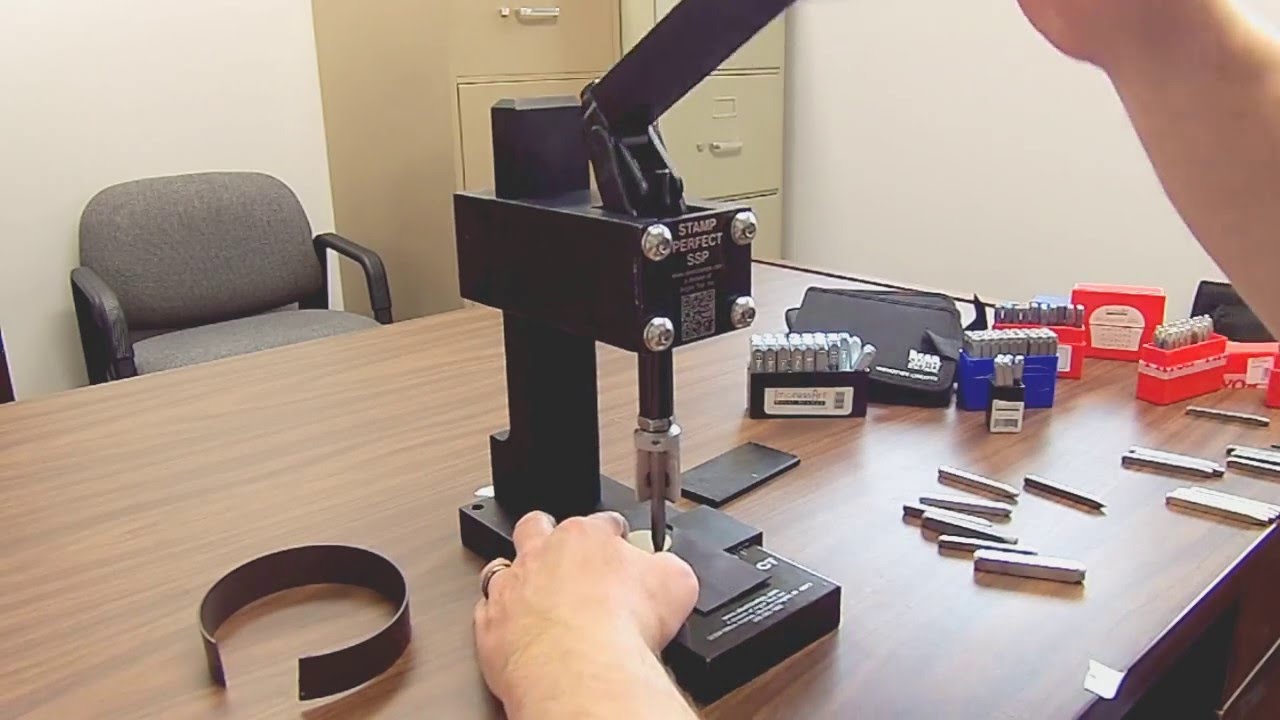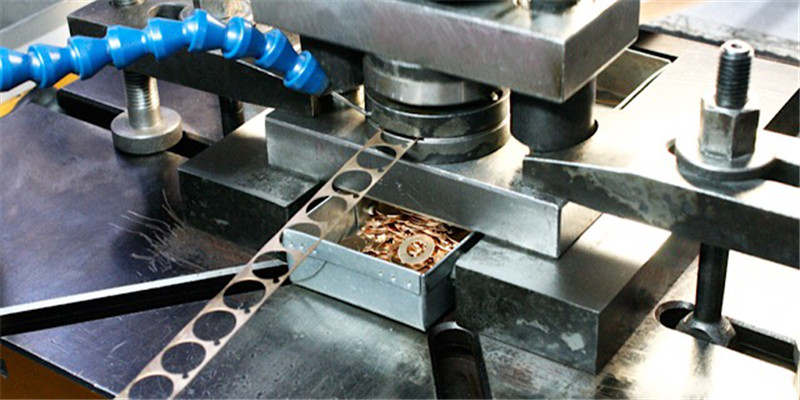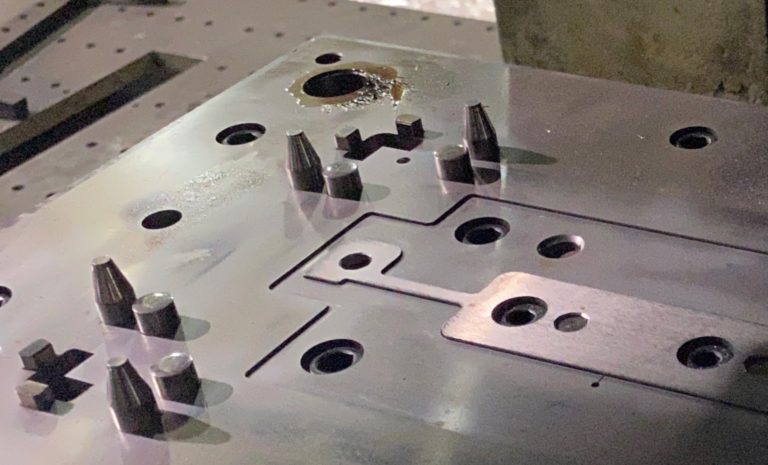In the world of industrial manufacturing, understanding the nuances of stamping press tonnage calculation is crucial for optimizing production processes. Whether you are a seasoned professional or a newcomer, knowing how to calculate the correct tonnage can significantly impact the quality and efficiency of your operations. In this article, we will delve into the intricacies of tonnage calculation and how it applies to stamping presses.

Introduction to Stamping Press Tonnage
The first step in mastering stamping press tonnage calculation is understanding what it entails. Tonnage refers to the amount of force exerted by a stamping press to shape or cut metal. Calculating the right tonnage is essential to prevent damage to dies and ensure the quality of the stamped product.
Why Accurate Tonnage Calculation Matters
Ensuring the correct tonnage is not just about optimizing performance; it is also about maintaining the longevity of your equipment. Overestimating tonnage can lead to excessive wear and tear, while underestimating can result in incomplete stamping, affecting product quality. For further insights, you can visit this guide on sheet metal stamping.
Basic Formula for Tonnage Calculation
The basic formula for stamping press tonnage calculation is: Tonnage = Area x Material Thickness x Material Factor. Each component of this formula plays a vital role in determining the appropriate tonnage.
Understanding the Area
The area refers to the surface area of the material being stamped. Accurate measurement of this area is essential for precise tonnage calculation.
Material Thickness and Its Impact
Material thickness is another critical factor. Thicker materials require more force to stamp, which directly influences the tonnage calculation.
Material Factor: A Key Variable
The material factor varies depending on the type of metal used. Different metals have distinct properties, affecting the force needed for stamping. You can learn more about different metal properties in art from old fencing.
Advanced Techniques in Tonnage Calculation
While the basic formula provides a strong foundation, advanced techniques can further enhance accuracy. These include using computer-aided tools and factoring in additional variables like die wear and lubrication.
Computer-Aided Tools
Modern technology offers tools that can simulate the stamping process, providing more precise tonnage calculations. These tools take into account dynamic factors that manual calculations might overlook.
Considering Die Wear
Die wear can significantly affect the required tonnage. As dies wear out over time, they might require more force to achieve the same results. Regular maintenance and adjustment of tonnage calculations are necessary.
Common Mistakes in Tonnage Calculation
Even experienced professionals can make mistakes in stamping press tonnage calculation. Common errors include miscalculating the area, ignoring material properties, and not updating calculations as conditions change.
Miscalculating the Area
One of the most common errors is incorrect measurement of the stamping area. Small mistakes in measurement can lead to significant discrepancies in tonnage.
Ignoring Material Properties
Each material has unique properties that affect the stamping process. Ignoring these properties can result in inaccurate tonnage calculations.
The Role of Experience and Expertise
While formulas and tools are invaluable, the experience and expertise of the operator play a crucial role in fine-tuning tonnage calculations. Experienced operators can make adjustments based on subtle cues from the stamping process, ensuring optimal performance.
Conclusion
Mastering stamping press tonnage calculation is vital for anyone involved in industrial manufacturing. By understanding the fundamental principles and employing advanced techniques, manufacturers can enhance efficiency, reduce costs, and improve product quality. For more on innovative metal projects, explore metal mosaic garden projects.

FAQs
What is the primary purpose of tonnage calculation?
The primary purpose of tonnage calculation is to determine the correct force needed for the stamping process, ensuring quality and protecting equipment.
How often should tonnage calculations be updated?
Tonnage calculations should be updated regularly, especially when there are changes in material or equipment conditions.
Are there tools available for accurate tonnage calculation?
Yes, there are computer-aided tools that can provide more precise tonnage calculations by simulating the stamping process and considering dynamic factors.
This article contains affiliate links. We may earn a commission at no extra cost to you.

